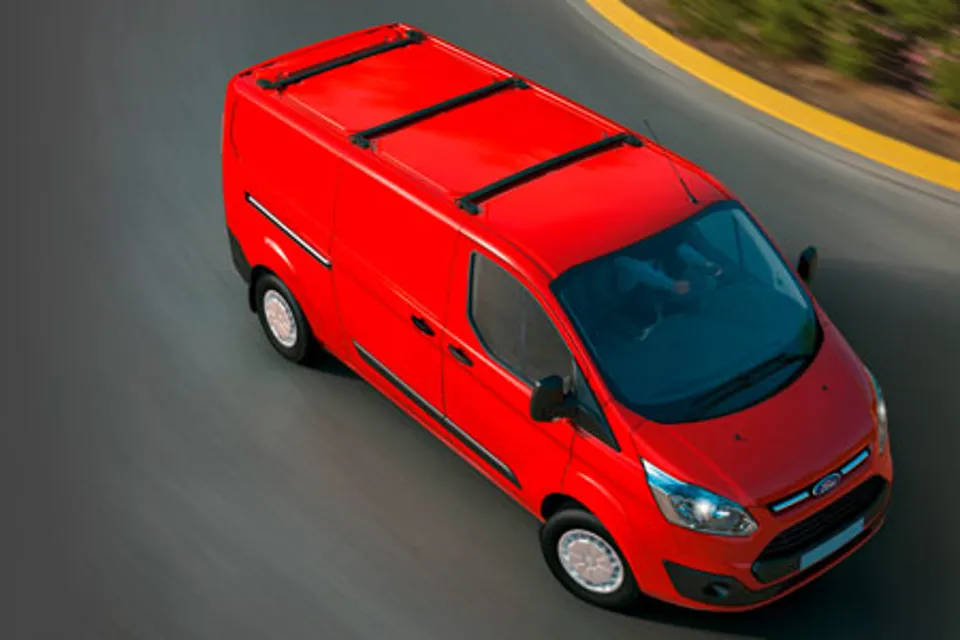By Mark Cartwright, head of LCVs, Freight Transport Association
Last month’s Fleet Van carried an interesting case study from Kelly Group’s operations director, Dermot Coughlan, on the flexibility afforded by the use of spot and short-term van hires.
This got us wondering how much other businesses were using similar approaches and how they felt rental providers were performing in supporting their business demands.
What proportion of the operating fleet is typically provided through the rental companies?
We asked fleet managers how they would quantify this.
No surprises here; almost two-thirds typified that they used “very few” (less than 2% of fleet) or “few” (between 2% and 5%).
Just 7% of respondents operated more than 10% of their fleet through rentals and around a fifth either didn’t use hire vans or did so rarely to cover emergencies.
Across the board, our respondents averaged just over 3% of their fleets sourced in this way; still a sizeable number of vehicles given they operate around 20,000 vans between them.
What are operators looking for from their rental?
Given that the use of spot and short-term hire is so often in response to an emergency or unexpected demand, it is understandable that vehicle availability is the most important requirement cited in our survey with 90% of respondents identifying this as their most critical requirement.
Paul Millard, managing director of Telford-based Secal Logistics, said: “We don’t use too many hire vehicles, but when we do need them we need to rely on the hirers being able to provide them quickly.
“We have fast-moving delivery schedules and need to meet our clients’ expectations.”
But before the rental companies think they can satisfy their customers needs by simply buying more vans, the second requirement following closely behind is cost with customer service a close third.
How well do the rental companies do in meeting these three high scoring requirements?
Interestingly, the three areas of availability, service and cost which score so highly on the operators’ wishlists are also the three areas with the greatest statistical gap between expectations and experiences.
For example, vehicle availability rated 90% as an expectation for the operators but, when asked to score how well their current providers did on a similar scale, the rental companies scored 80%.
Similar gaps are also evident for the customer service and cost responses – certainly areas for the providers to recognise going forward.

















Login to comment
Comments
No comments have been made yet.